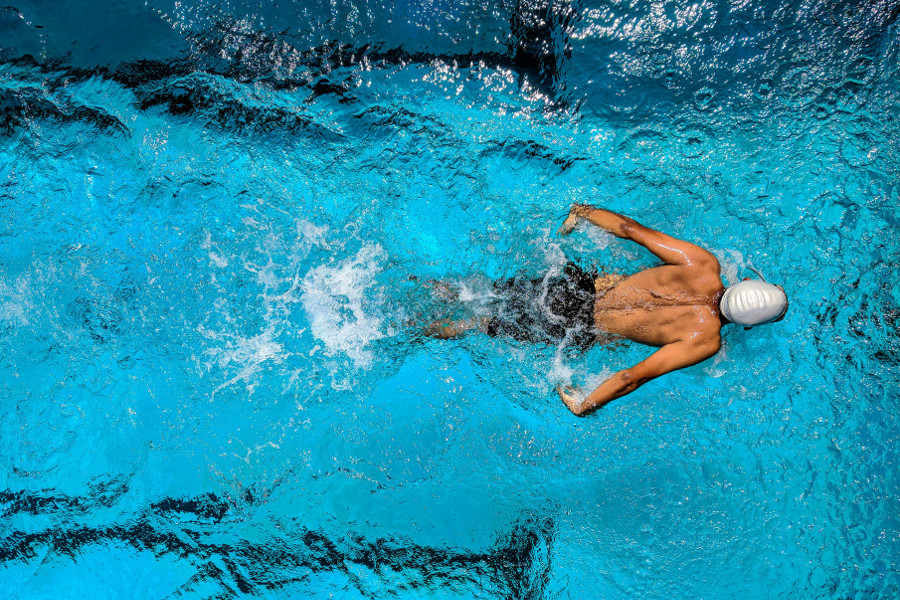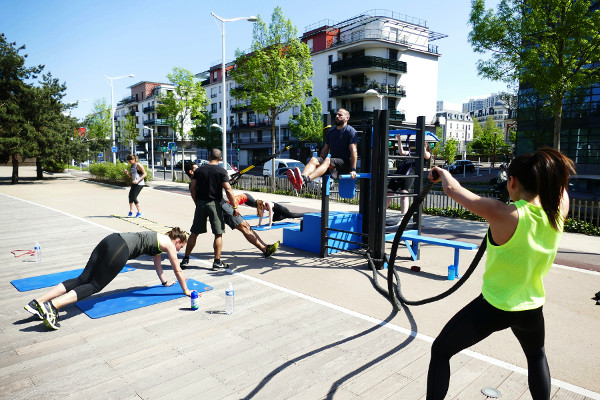How to Learn to and Become Better at Swimming: Tips for Health, Speed, and Confidence in the Water
Swimming is more than just a way to cool off – it’s a full-body exercise that offers countless health benefits while being gentle on your joints. Whether you’re just starting out or looking to improve your speed and technique, understanding the basics can make your time in the water more enjoyable and effective. From learning proper breathing to preventing common injuries, this guide covers practical advice to help you feel confident and strong as you dive deeper into the world of swimming.

What are the health benefits of swimming?
Swimming is basically a wonderful way to boost your overall health without putting strain on your body. It works your heart and lungs while also engaging nearly every muscle, giving you a full-body workout. Because water supports your weight, it’s gentle on your joints and perfect for anyone dealing with aches or stiffness. Besides improving strength and endurance, swimming also helps clear your mind and reduce stress. It’s a great way to relax, get fit, and feel connected to your body all at once. If you’re looking for an activity that combines fitness with calmness and well-being, swimming could be exactly what you need to bring balance back into your life.
How do I learn to swim as an adult?
Learning to swim as an adult is definitely doable, even if you feel nervous at first. It’s all about starting small and building confidence step by step. Begin in shallow water where you feel safe and practice basic skills like floating and blowing bubbles. Taking lessons from a friendly instructor can make a huge difference – they’ll guide you patiently and help you feel comfortable. Using simple tools like kickboards can ease your way in. The key is to be consistent and gentle with yourself. Remember, it’s perfectly normal to take your time, and every little improvement counts. Soon enough, swimming will feel natural, and you’ll be enjoying the water more than you expected.
What is the best swimming stroke for beginners?
For beginners, freestyle is often the easiest stroke to start with because it feels natural and keeps you moving smoothly through the water. It involves simple arm and leg movements that you can practice bit by bit. What makes freestyle great is how it lets you focus on breathing and rhythm without getting overwhelmed. If freestyle feels too fast or tricky at first, breaststroke is another good choice – it’s slower and you can keep your head above water, which helps with comfort. Starting with these strokes gives you a solid base and helps you feel confident as you grow stronger and more skilled in the pool.
How often should I swim to stay fit?
To stay fit with swimming, aiming for two or three sessions per week is a good rhythm to keep your body moving and your heart healthy. Each session can last anywhere from half an hour to an hour, depending on what feels right for you. The magic is in regularity rather than pushing yourself too hard once in a while. Starting slowly and building up your time in the water helps you avoid burnout and keeps your motivation alive. Swimming regularly keeps your muscles toned, your lungs working well, and your mood lifted. It’s about making swimming a gentle, enjoyable part of your weekly routine, not a chore.

What equipment do I need for swimming?
When it comes to swimming gear, keeping it simple works best. You really just need a comfortable swimsuit, a swim cap to keep your hair out of the way, and goggles to protect your eyes from chlorine and improve your vision underwater. If you’re just starting out, things like kickboards or pull buoys can help you focus on different parts of your stroke. For those wanting to get a bit more serious, fins or paddles can add variety and challenge. But none of this gear is absolutely necessary. The important thing is feeling comfortable and safe so you can enjoy your time in the water without distractions.
How can I improve my swimming speed?
Speeding up your swim isn’t about rushing – it’s about swimming smarter. Focusing on smooth, streamlined body positioning helps reduce resistance in the water. Keeping your head aligned with your spine and gliding more efficiently saves energy and increases speed. Learning to breathe in rhythm without disrupting your flow is another key skill. Mixing in interval training, where you alternate bursts of fast swimming with slow recovery, boosts both your strength and endurance. Don’t forget to work on your starts and turns – they can shave precious seconds off your time. Most importantly, patience and consistent practice will help you swim faster naturally over time.
Is swimming good for weight loss?
Swimming is a fantastic way to lose weight because it burns calories while being easy on your joints. Depending on how hard and how long you swim, you can torch quite a few calories in one session. What’s great is that swimming works so many muscles at once, which helps build lean muscle mass and revs up your metabolism. Plus, it’s gentle, so it’s perfect for people who might find running or other high-impact activities tough. Combined with a balanced diet and steady effort, swimming can be a fun and effective part of your weight loss journey that also boosts your mood and fitness overall.
How do I prevent swimmer’s ear?
Swimmer’s ear is annoying but mostly preventable if you keep your ears dry and clean after swimming. Once you’re out of the pool, gently tilt your head to let any trapped water drain out. Pat your ears dry with a towel, and if you like, use a hair dryer on a cool setting from a safe distance to help remove moisture. It’s important not to stick anything inside your ears, as that can cause irritation or even damage. Wearing earplugs or a swim cap can also help keep water out. If swimmer’s ear keeps coming back, it’s a good idea to see a doctor for advice or treatment.

What are common swimming injuries and how to avoid them?
Swimming injuries usually come from overdoing it or using poor technique, with shoulder pain and knee discomfort being the most common. To avoid these, it’s important to warm up gently and stretch before you dive in. Keeping your strokes smooth and relaxed, especially your shoulders, helps prevent strain. Strengthening your core and shoulder muscles outside the pool supports better swimming form and reduces injury risk. Don’t suddenly ramp up your training volume – gradual progress is safer. Taking rest days to recover is just as important. If you start feeling pain, listening to your body and adjusting your routine can stop small issues from becoming bigger problems.
How do I breathe properly while swimming?
Breathing properly while swimming can feel tricky at first, but it’s really about timing and relaxation. In freestyle, for example, you turn your head to the side to take a quick breath while one arm is moving forward. Keeping one ear in the water helps maintain your body’s balance and flow. It’s best to exhale slowly underwater through your nose or mouth so you’re ready for the next breath without panic. Learning to breathe on both sides, known as bilateral breathing, can improve your technique and muscle balance. Like everything else in swimming, practicing your breathing rhythm regularly makes it feel natural and effortless.
What are the different swimming strokes?
There are four main swimming strokes you might want to know about: freestyle, backstroke, breaststroke, and butterfly. Freestyle is fast and efficient, with alternating arm movements and flutter kicks. Backstroke is similar but done on your back, letting you breathe freely and keeping your body balanced. Breaststroke is slower and more rhythmic, with simultaneous arm pulls and frog-like kicks, making it easier for some beginners. Butterfly is the most challenging – both arms move together with a dolphin kick, demanding strength and coordination. Each stroke works your body in different ways and learning them all helps you become a more versatile swimmer.
Can swimming help with back pain?
Swimming can be a gentle friend for anyone dealing with back pain. Because water supports your body, it takes pressure off your spine and joints, letting you move more freely. Swimming helps strengthen the muscles around your back and core, which improves stability and reduces pain. Strokes like backstroke encourage good posture and alignment. However, it’s important to be mindful of your technique and avoid movements that cause discomfort. Consulting a healthcare professional before starting is a smart idea. When done carefully, swimming can improve your mobility, ease stiffness, and support a healthier back overall.
Here are a few useful resources for further reading:
- USA Swimming (Official Site)
- Swim England (Official Site)
- Reddit Swimming Community
- Swimming World Magazine
Enjoy your adventure in swimming.



